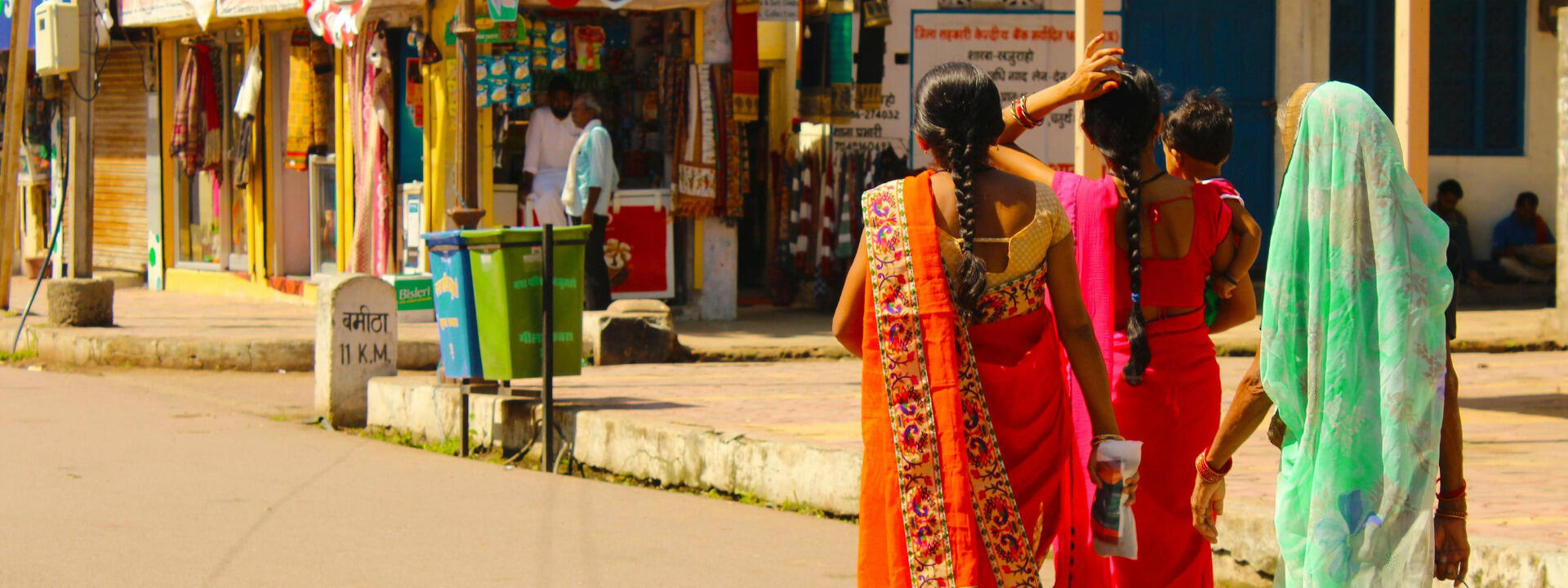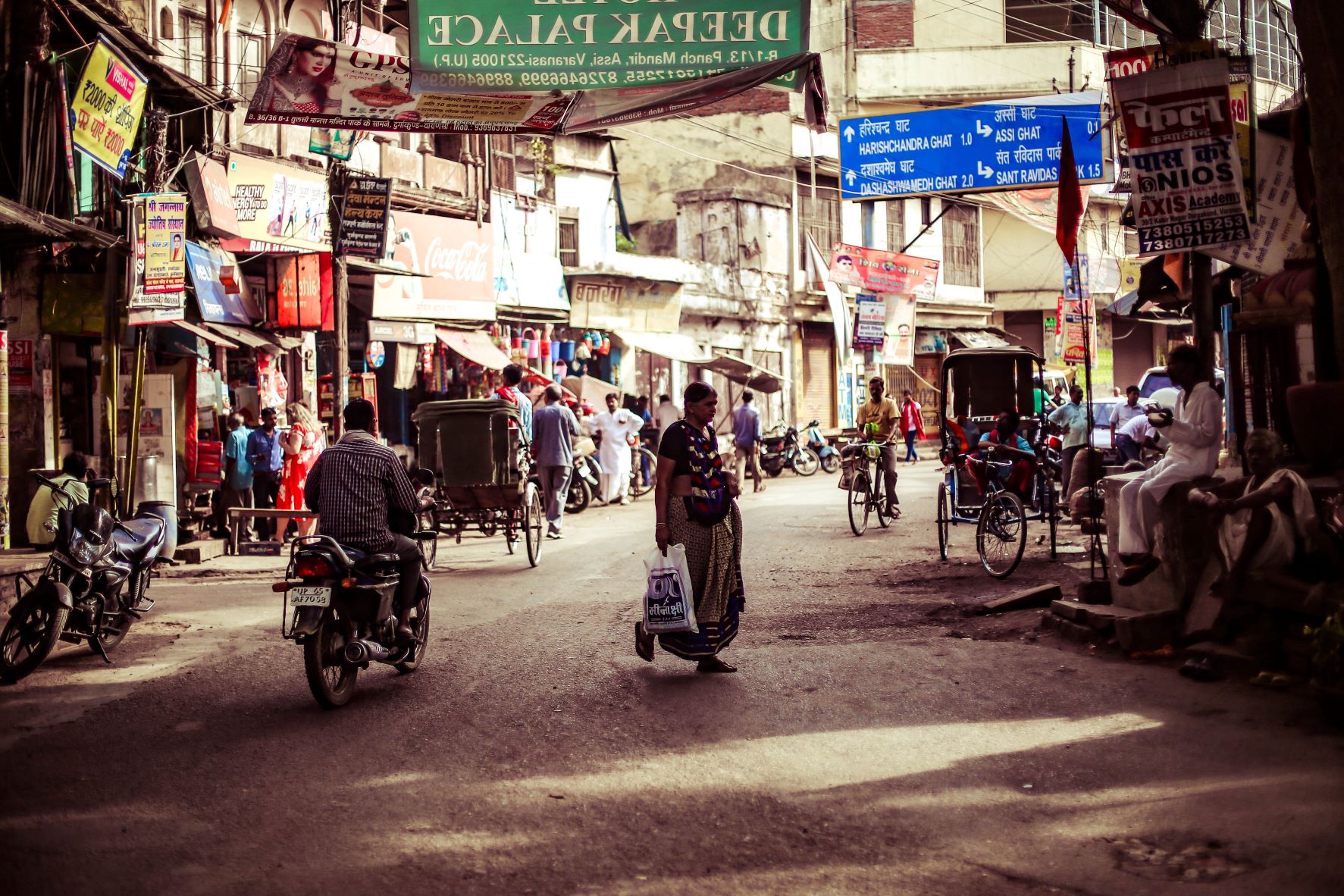
Indian policy risks return to the dark ages of population ‘control’
On World Population Day, 11 July, the Indian state of Uttar Pradesh released a worrying new draft population policy that would include incentives for sterilisation and punishment for couples who have more than two children, echoing aspects of India’s unethical population control history. Population Matters Senior Communications Officer Olivia Nater takes a look.

All who work in the population field are aware that any mention of slowing or ending population growth sadly often brings up negative associations due to China’s and India’s famous coercive measures to limit family size of the 1970s and ‘80s.
Whilst China relaxed its two-child limit in May this year, rather bizarrely announcing a new ‘three-child-policy’, parts of India are moving in the opposite direction.
India’s rapid population growth
Despite having achieved a substantial reduction in its average fertility rate (the number of births per woman), from 5.9 in 1950 to 2.2 today, India’s population is still growing rapidly due to having a very large number of young people – this is called ‘demographic momentum’. India’s population is expected to overtake China’s as early as 2027.
A lot of this growth is occurring in Uttar Pradesh, the most heavily populated state with over 240 million people and a fertility rate of 2.8. If it were its own nation, Uttar Pradesh would be the world’s fifth most populous. The local government is rightly concerned about this rapid growth but incredibly short-sighted in its attempt to slow it.
The policy
The new draft bill revealed by Uttar Pradesh Chief Minister Yogi Adityanath on World Population Day states that those with more than two children will be barred from applying for government jobs, seeking promotions in them or benefitting from government subsidies. People with only one child and couples who get sterilised would be eligible for more benefits, including free healthcare and education for their child up to age 20.
While the use of incentives for choosing small families is a positive approach, pay-outs for going under the knife are very problematic and reminiscent of the horrific mass-sterilisation camps of the 1970s, which were specifically targeting the poor. Of course, people who have completed their families may freely decide that sterilisation is a good option for them as it requires no further intervention or action on their part. However, it is normally an irreversible step, which requires properly informed consent and to be chosen by preference among other practical and available contraceptive options. For people who are struggling to make ends meet, such incentives may persuade them to opt for sterilisation when it isn’t their preference, just to be able to have a better quality of life.
Punishment for people with large families is also plain wrong. Having a family, and deciding the size of your family, are fundamental rights. Many couples also have a high number of children due to circumstance, not choice. Gender inequality, lack of access to contraception and quality education, as well as poverty and misinformation are the root causes of rapid population growth. In addition, withdrawing subsidies from those who rely on them will exacerbate poverty and inequality and hurt already disadvantaged women and children the most.
The wrong approach
India also continues to have one of the highest rates of female foeticide in the world due to persistent patriarchal norms that cause girl children to be considered less valuable than boys – it is likely that the new policy would ramp up this practice further, as was the case in China during its one-child policy.
Unfortunately, Uttar Pradesh is not alone with its regressive new policy. Rajasthan, Madhya Pradesh, Maharashtra, Gujarat, Odisha and Assam already have a two-child policy in some form, and Assam has also announced new plans to withhold subsidies and other benefits to those who have more than two kids.
Concern has also been expressed that some of these policies, especially in Assam and Uttar Pradesh, are intended to target Muslim communities, who have faced discrimination and hostility from India’s ruling Hindu-nationalist BJP government.
Unsurprisingly, it is the states with the worst scores for gender equality that tend to also have the highest fertility rates. Proof of the efficacy of empowering solutions is everywhere and undeniable, so it is truly frustrating that those in power continue to draw on harmful coercive measures that set back the achievement of the Sustainable Development Goals even further. So much progress could be made on both local and global levels by ramping up investment in girls’ education, women’s economic empowerment, sexual and reproductive health services, awareness campaigns, and efforts to end harmful practices like child marriage.
